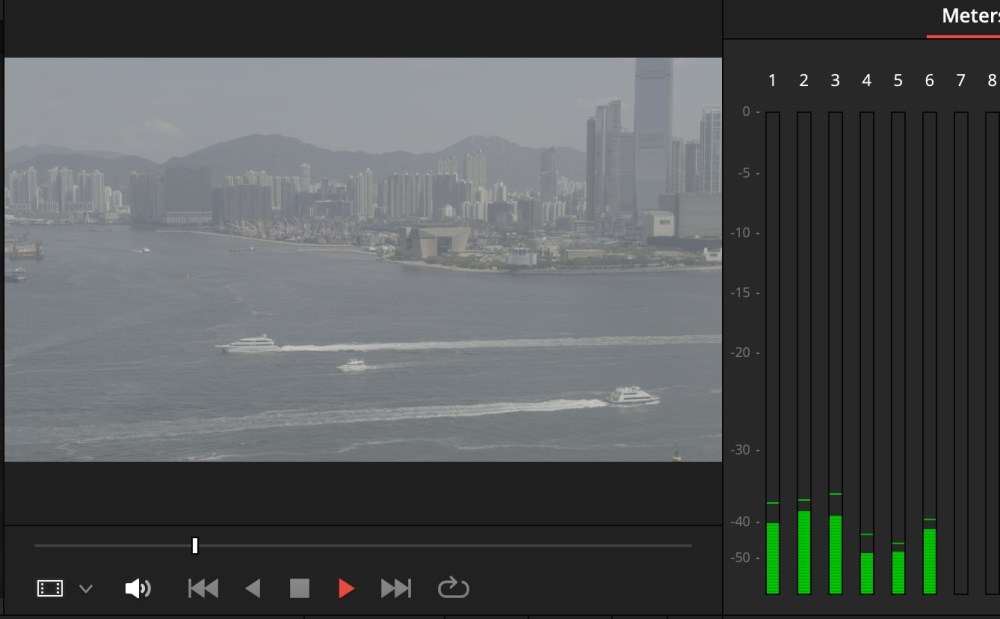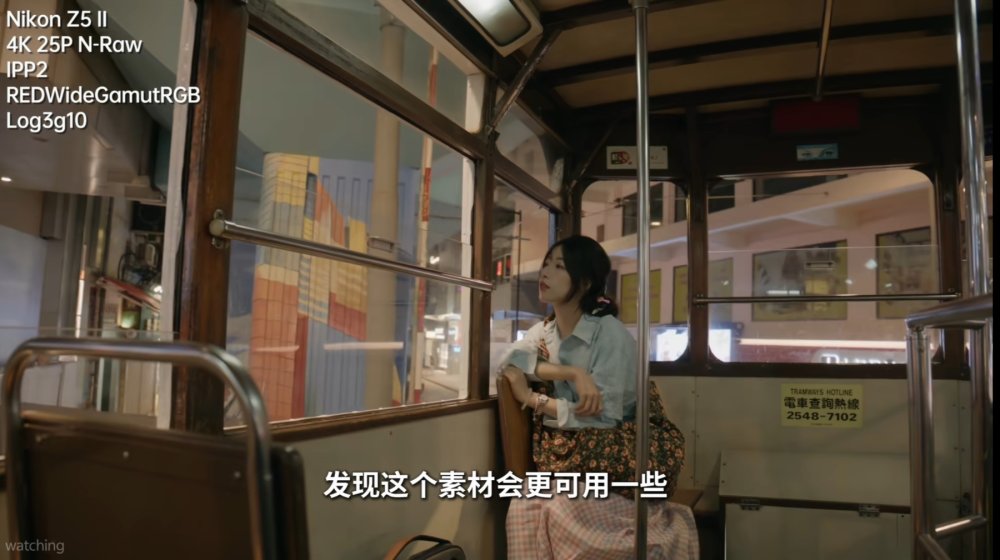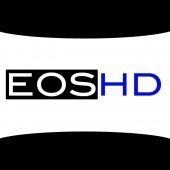All Activity
- Today
-
While I think it would make sense for hybrid cameras to offer similar "looks" across photos and video for easier presentation together, I am not really sure storing photos in log format makes sense. First, while linear encoding would waste bits due to the highlight photon shot noise making the least significant bits meaningless, this has already been corrected in compressed raw file formats such as Nikon's (technically lossy but visually lossless) compressed NEF. If I recall correctly, Nikon simply leaves out the LSBs in highlight pixels, thus saving storage space. In log video mode, cameras bias the exposure metering to produce about three stops of underexposure compared to normal SDR photos, and this leads to a lot of noise in the main subject (if there is one). It may not be such an issue for video because in video you can do temporal noise reduction which you cannot do for photos since they're individual frames with different content in each image. Usually in still photography, people want the main subject to have the highest possible image quality, and exposure metering algorithms typically emphasize the detected or selected subject and only secondarily protect highlights from blowing out. I still almost always increase midtones in post-processing by a curves adjustment, reducing highlight contrast and bringing the subject (midtones) up in brightness. For scenes that require a large dynamic range, many photographers I know of shoot a set of bracketed frames in order to ensure high SNR for each major part of the image and then merge the images with masks or other such techniques (depending on the subject). For video, exposure blending with masks is not possible but some automated DR-enhancement methods that blend two amplification levels exist in a few cameras (dual gain output). While the idea of having highlight exposure latitude is appealing, it comes at a cost in the midtone and shadow SNR and I think many still photographers would consider the outcome to be of poor quality compared to what they are used to. It's also the case that many if not most (?) still photographers use Auto ISO and manual exposure mode as their go-to exposure mode and they expect the camera in most cases to set the ISO precisely to get close to the desired brightness for the main subject as they are shooting. I often set the camera to ISO 100 or 64 and Auto ISO, lettting the camera vary ISO from 64 to 12800 to get the exposure correct and the photos near usable as they come out of the camera with minimal tweaking. This won't work for log as most of the ISO settings are unusable in log given the 3 stop underexposure built-into the approach. Yes, you can apply +2-3 stops of EV correction and then get similar results to linear modes but then the exposures on the screen will look off and it's harder to see the subject and get the correct feeling of the scene and how it would render in the photograph. I just don't see this going anywhere outside of a few filmmakers wanting look-matched still photos when video is their primary output. Still photographers outside of agency photojournalism shoot raw and that's that for the most part.
-
 kye reacted to a post in a topic:
New travel film-making setup and pipeline - I feel like the tech has finally come of age
kye reacted to a post in a topic:
New travel film-making setup and pipeline - I feel like the tech has finally come of age
-
 eatstoomuchjam reacted to a post in a topic:
RAW Momentum?
eatstoomuchjam reacted to a post in a topic:
RAW Momentum?
- Yesterday
-
This is my reason for shooting photos raw. The difference between 8-bit jpeg and raw photos is much greater than between 10-bit log and raw video. And also most in-camera jpeg profiles aren't exactly documented, afaik. With a documented log curve you can adjust white balance and exposure in post, and while you lose "some" fidelity vs raw, the transformations are accurate. So on a slightly different topic, I'd personally really like for more photo cameras to shoot 10 bit log photos, and for standard photo editing software to have the same kind of color management that Resolve has. I don't do anything crazy to my photos, but I do see the limits of 8 bit jpeg in normal use, which I do not see with 10 bit log video. Overall, I sort of suspect that most people who want to shoot raw video already are. External raw recorders are easy enough, so if you're already committed to the workflow and HDD requirements, the external recorder often isn't the breaking point.
-
 mercer reacted to a post in a topic:
New travel film-making setup and pipeline - I feel like the tech has finally come of age
mercer reacted to a post in a topic:
New travel film-making setup and pipeline - I feel like the tech has finally come of age
-
 mercer reacted to a post in a topic:
New travel film-making setup and pipeline - I feel like the tech has finally come of age
mercer reacted to a post in a topic:
New travel film-making setup and pipeline - I feel like the tech has finally come of age
-
 Davide DB reacted to a post in a topic:
Nikon Zr is coming
Davide DB reacted to a post in a topic:
Nikon Zr is coming
-
 Emanuel reacted to a post in a topic:
New travel film-making setup and pipeline - I feel like the tech has finally come of age
Emanuel reacted to a post in a topic:
New travel film-making setup and pipeline - I feel like the tech has finally come of age
-
 Emanuel reacted to a post in a topic:
New travel film-making setup and pipeline - I feel like the tech has finally come of age
Emanuel reacted to a post in a topic:
New travel film-making setup and pipeline - I feel like the tech has finally come of age
-
 Emanuel reacted to a post in a topic:
New travel film-making setup and pipeline - I feel like the tech has finally come of age
Emanuel reacted to a post in a topic:
New travel film-making setup and pipeline - I feel like the tech has finally come of age
-
Where I can download S1II raw files to play with?
-
 Davide DB reacted to a post in a topic:
RAW Momentum?
Davide DB reacted to a post in a topic:
RAW Momentum?
-
 ghostwind reacted to a post in a topic:
Nikon Zr is coming
ghostwind reacted to a post in a topic:
Nikon Zr is coming
-
You seem to post nothing but angry negative stuff. Why waste your time with all of us talentless hacks?
-
Another frame grab showing a bit more DR. Same Resolve + FLC workflow, but no grain added, so what you see below is the noise and compression artefacts from the Prores. Default exposure: -2 stops to see where the clipping point is: +2 stops to look at the shadow detail: Very serviceable, especially considering this was shot from the window of a moving train (the OTHER reason why rolling shutter matters).
-
Dunno if anyone’s posted this on here, but i saw this on my instagram because i followed the DP a while ago, looked pretty good, with some unfortunate highlight clipping here and there. wont help you guys because you cant really shoot.
-
(Including SmallHD)
-
I started this thread by talking about the GH7, but I think the iPhone 17 Pro has also come of age (for me at least). My goals for using this is to keep it in my pocket, be able to shoot super quickly using the default camera app, and focus on the compositions and capturing the events in front of the camera while it does all the auto-everything required for a good quality capture. First impressions and thoughts from a few weeks of using it. 4K Prores HQ files in Apple Log 2 look great and are a joy to work with in Resolve (see examples below) All the lenses seem to work well and even up to the 8x 200mm are completely usable hand-held, and if leaning your hand against something the 8x is almost locked-off It records 6 channels of audio, and they appear to all be independent and available in the NLE (see image below) which might(?) be useful in difficult situations where there's wind noise in one or one channel clips etc? While recording Prores Log the default camera app shows you the log image and doesn't have an option to apply a LUT, so although it's a great way to be sure you're recording LOG, it's hardly ideal. Hopefully they fix this in an update. Audio channels in Resolve: Some frame grabs from out the hotel window in HK. Bear in mind these were shot with the default camera app, through multiple layers of tinted glass, and have had a film emulation grade put on top of them. 1x 24mm camera: 8x 200mm camera: with a bit of sharpening: with too much sharpening (unless you're a "cinematic Youtuber"): 1x 24mm camera (ignore the reflections in the window): 8x camera: 8x camera with sharpening: and in terms of DR / latitude, here's the 1x image brought up ~2.5 stops: I haven't tested it in low-light yet, but to me, all this essentially means that the camera is sufficiently technically capable that I can shoot with it without feeling like the technical factors are overly restrictive. This is incredibly impressive, given that even cameras like the GH5 needed you to pay attention to their limits in some situations. For the first time I feel like if something happened to my 'real' camera and all I had to capture a trip is my phone I wouldn't feel like I'd stuffed up. This is the first trip I haven't packed a backup camera body, which has given me the ability to pack a couple of extra lens options, thus 'upgrading' the GH7 rig as well.
-
Literally any monitor with lut support
-
Strange world we all live in today. The more shades the palette offers, the more people see straight to black and white no less as the more dynamic range sensor technology introduces to us, the more we tend to view the world in narrow contrasts.
- Last week
-
People are using Z5ii, a $1700 camera, to shoot raw video, with changing extension hack. 4k30p, 450mb/s on SD. Yea its soft, but its filmic soft. I like this approach when I don't want to deal with massive files.
-
Absolutely agree. Since starting to shoot Raw, even pseudo one, shooting and editing have become more interesting. The only deadline that a hobbyist can have is to clear your CFExpress card every night, if you plan on shooting the next day. I have only one 2TB card, so I took a habit to trim the captured footage after every shooting day, save it to SSD, and edit a quick video out of it, so we can watch it from the big screen how the day went.
-
Actually... The boom in raw codecs is being driven by clients That's my hunch. They want the best possible quality master files to do whatever they do with them. And lack the understanding that H.265 is more than fine, or that LOG should *shock horror* be graded!
-
True. Except that, as hobbyists, we’re not up against deadlines and there are occasions when the more stuff we have to play with, the better. In that respect raw provides more fun opportunities! That is, I suspect a very different perspective to that of a single working professional who needs to optimise client satisfaction (income) while minimising time spent sitting in front of a computer.
-
Thats with today storage technology and prices. 20 years ago, CompactFlash was expensive and one of the reasons people complained about raw. That's why they were insisting that 12 megapixels is enough and 24mp is unnecessary huge!
-
I prefer H.265 as well, over the pseudo raw formats. Cinema DNG is still the best quality RAW in terms of the film look and unprocessed sensor readout.
-
I don't think photographic RAW can be compared to video, or maybe I didn't understand your point. With a 4TB hard drive, you can store infinite RAW photographs. I dive almost every week and usually bring home about 10 minutes of good footage, which I'd ideally like to archive. For special projects, I might get up to 20 minutes. This means between 100 and 300 GB per session. That's not a small amount. Now, it's clear that shooting in RAW is not a medical prescription, but I was wondering if it's a practical solution for everyone, considering that's all anyone talks about now.
-
It's also worth pointing out that jpeg is, as far as I know, 8-bit only. It's one of the reasons that modern iPhones (and maybe Android?) default to HEIF instead.
-
Default value of sharpening for NRaw in Resolve is defined in Project setting Camera Raw page and it seems to be 10 out 100 and you CAN set it to zero. Sharpness can be then adjusted on clip level too. With sharpness set to 10 NRaw looks clean, but calm, not over sharpened For Red Raw Resolve has Image detail that can be set to low, medium and high. Z6iii NRaw files pretty surely do not have default noice reduction when you compare same file named to NEV and R3D with R3D’s chroma NR activated.
-
In still photography, the storage space issue for RAW is less pressing than in video and since each still image can be studied for a long time (at least in print) people can pay more attention to quality (and photographers can afford more time into editing of individual frames with masks etc. while in video it would be extremely tedious to make exposure blending or other manually drawn mask based operations on a frame by frame basis). In the early years of digital system cameras, the difference between RAW and JPEG was more obvious and people got used to RAW because the image details were better and of course the files are more editable. For video, I suspect that RAW usage will be more limited to high end where there are professional colorists etc. and occasional shooters who don't shoot a huge quantity of material. But maybe I am wrong. 😉
-
Maybe NRAW has a metadata piece that automatically activates a default value of sharpening and noise reduction in Davinci that you can't set to zero. They should compare the files in REDCINE-X Pro.

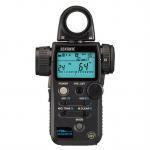


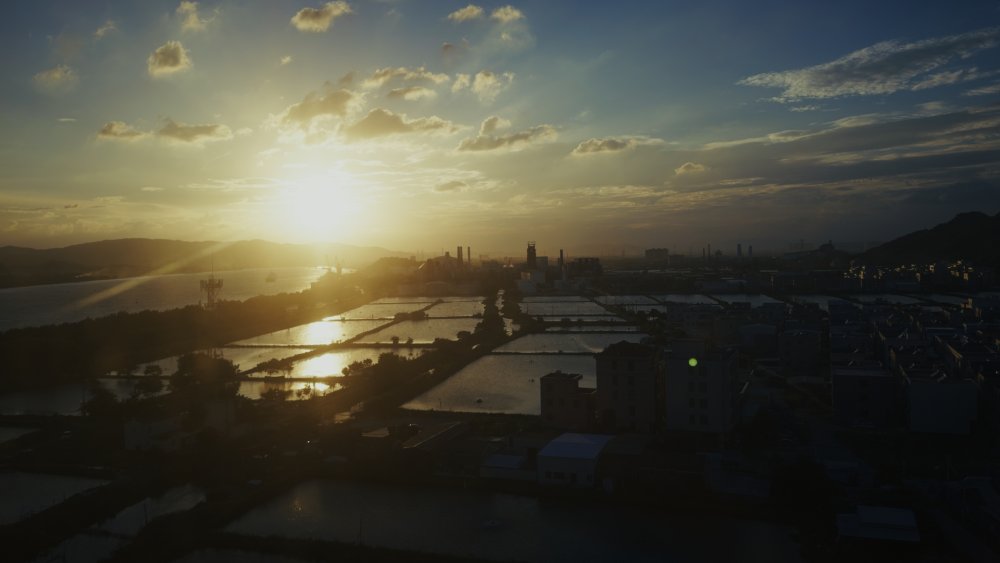
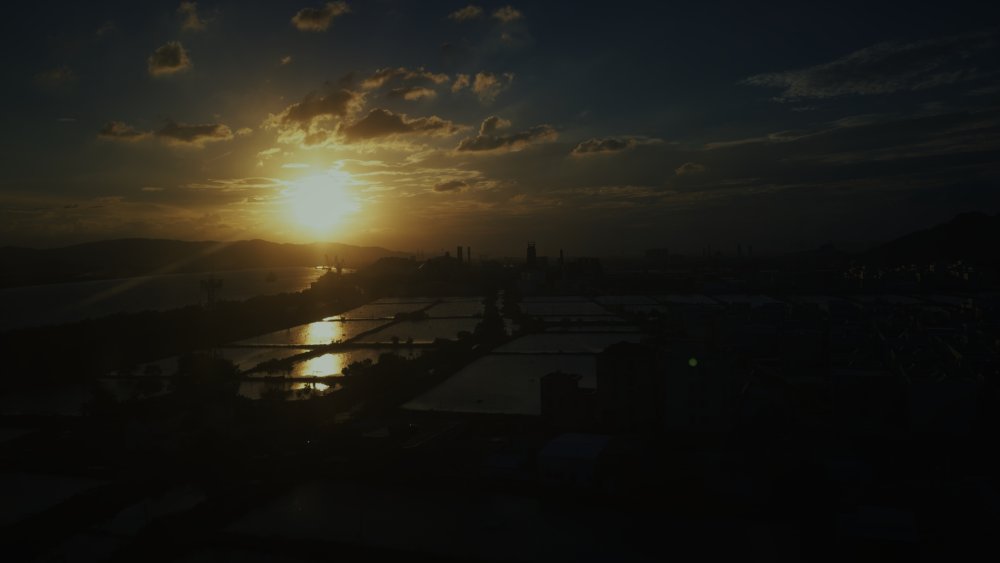
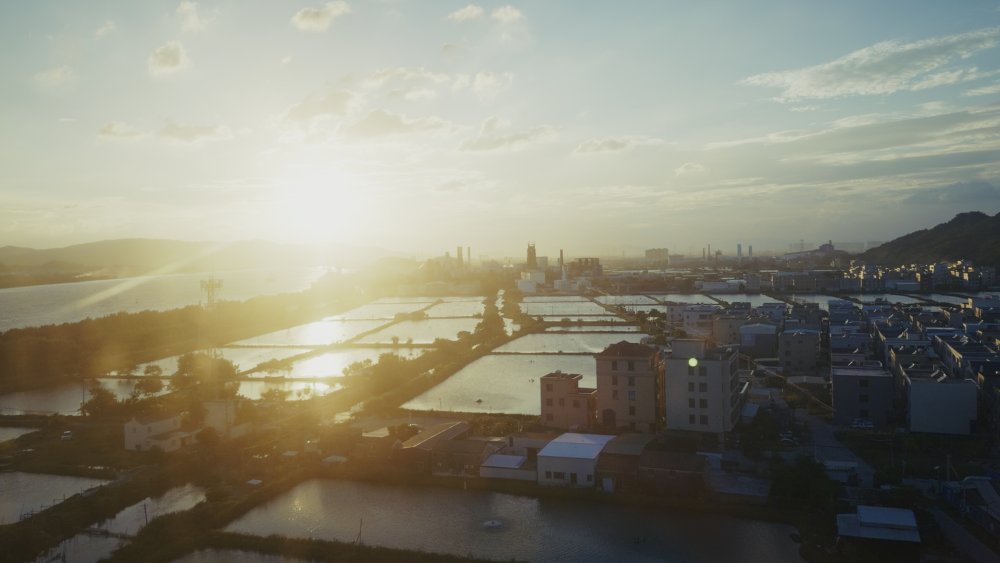
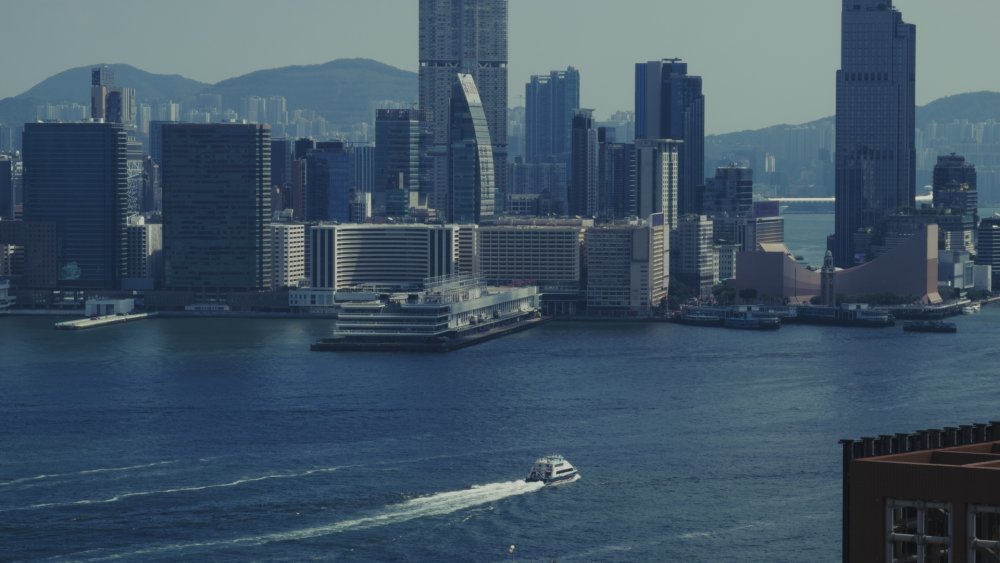
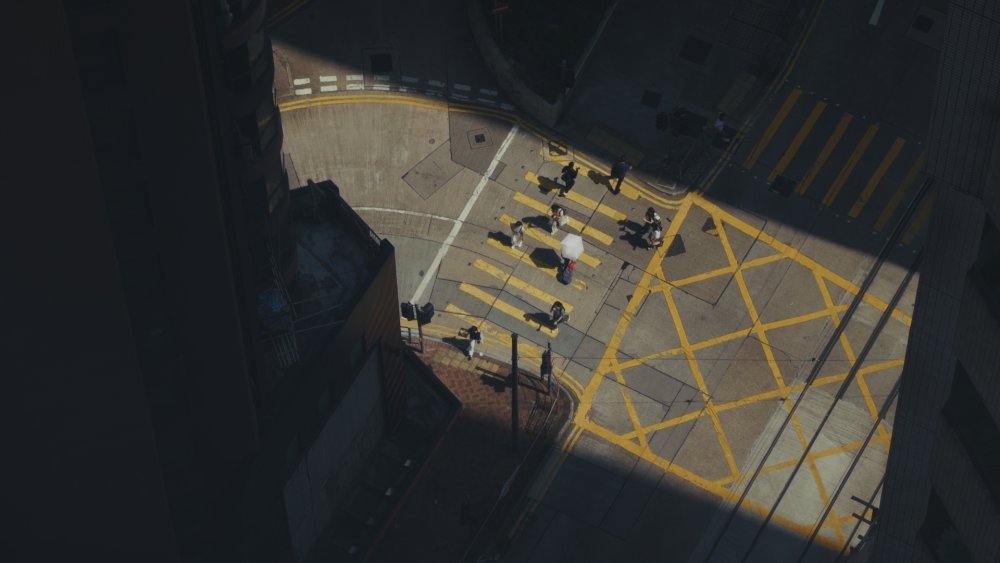
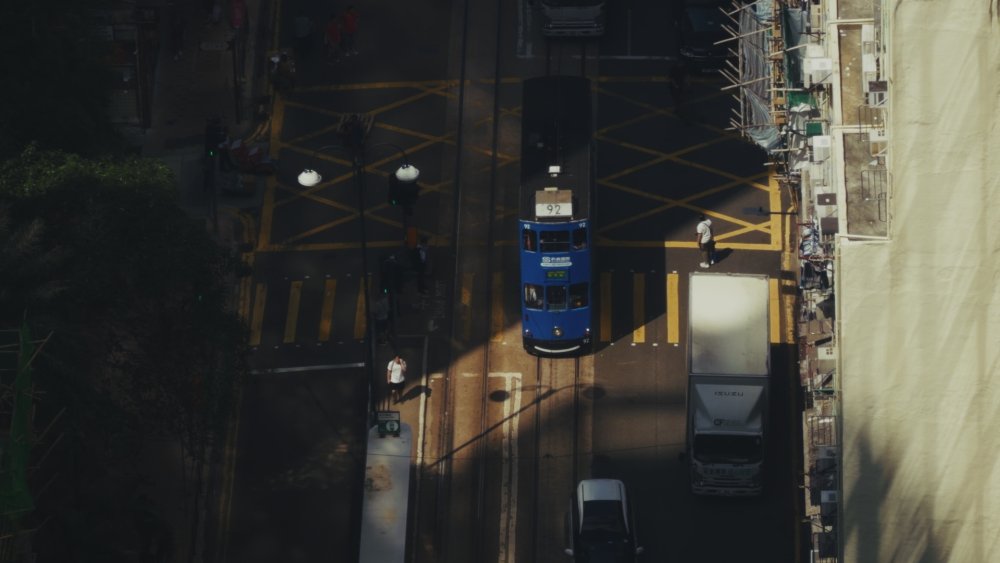
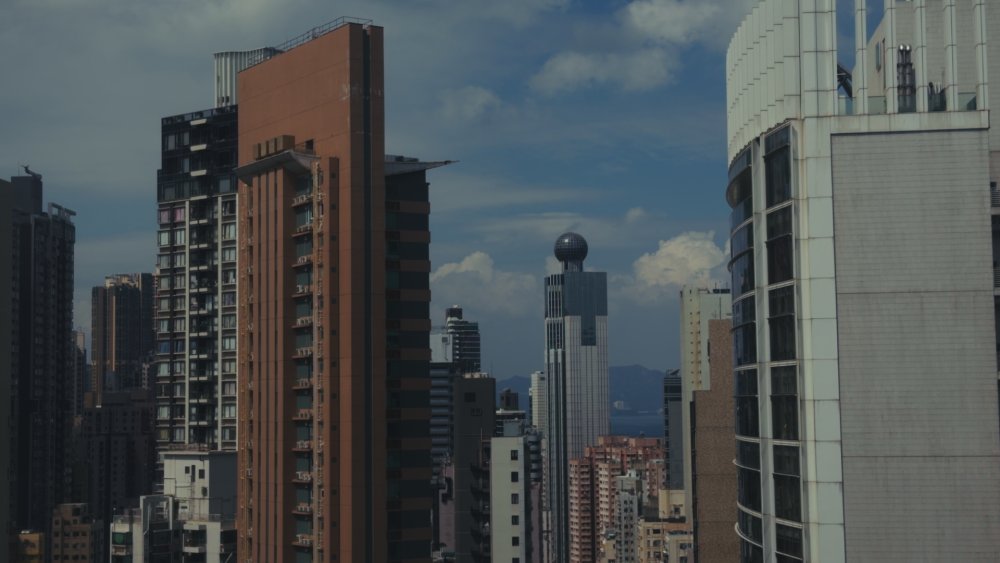
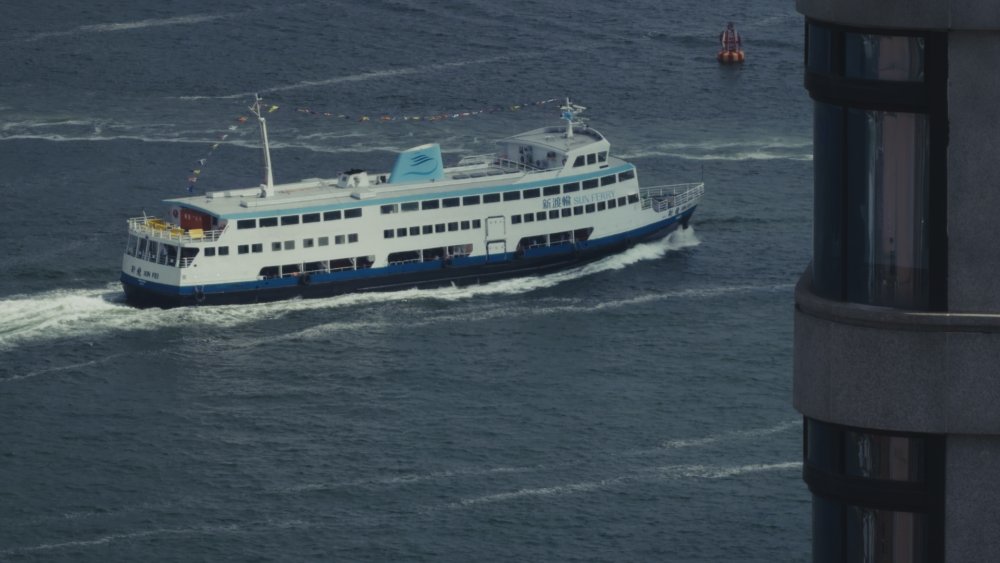
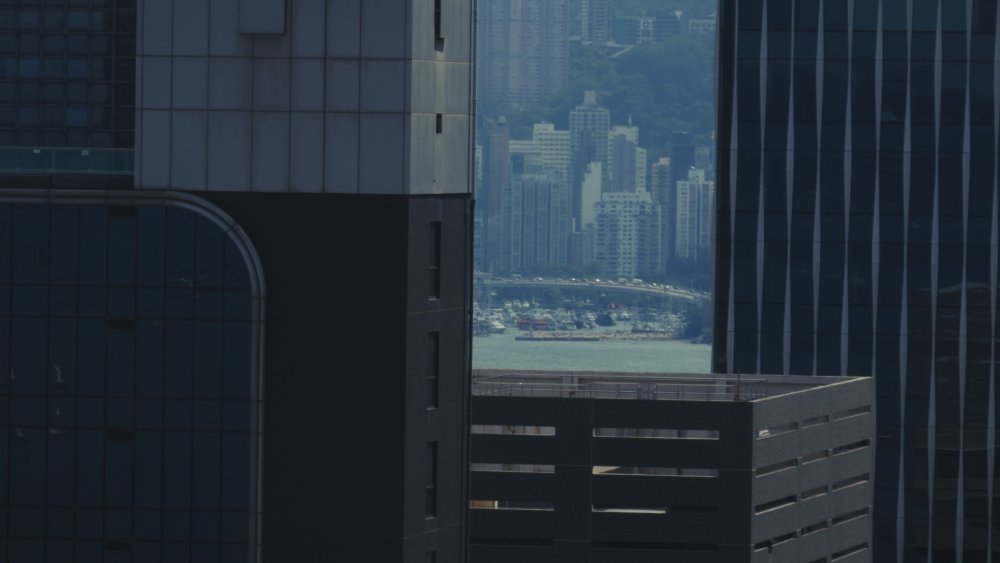
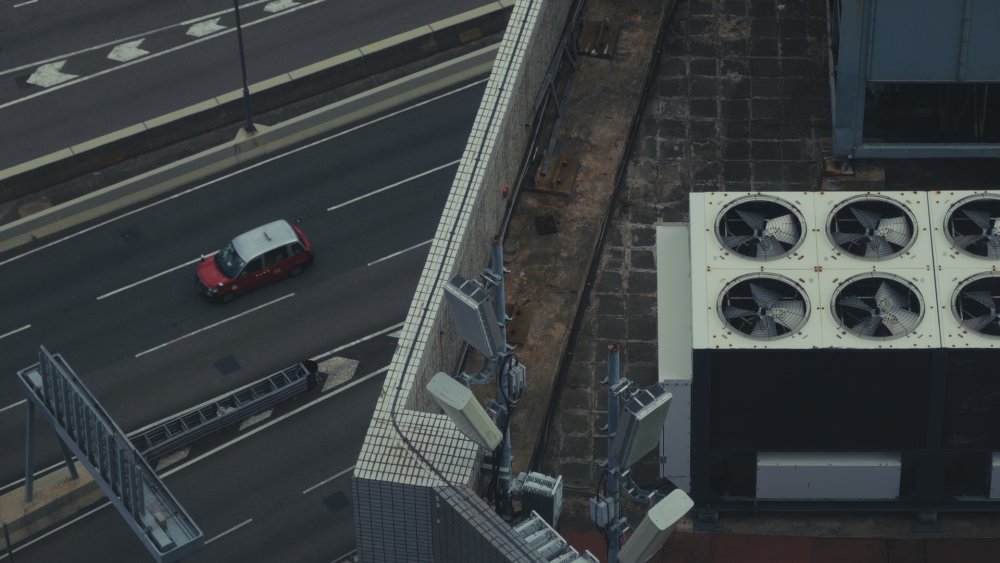
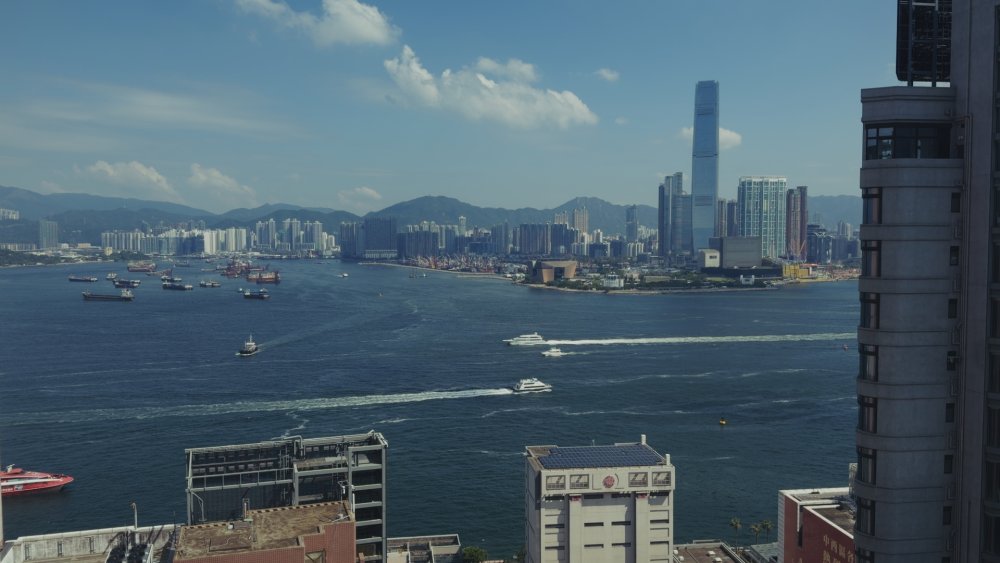
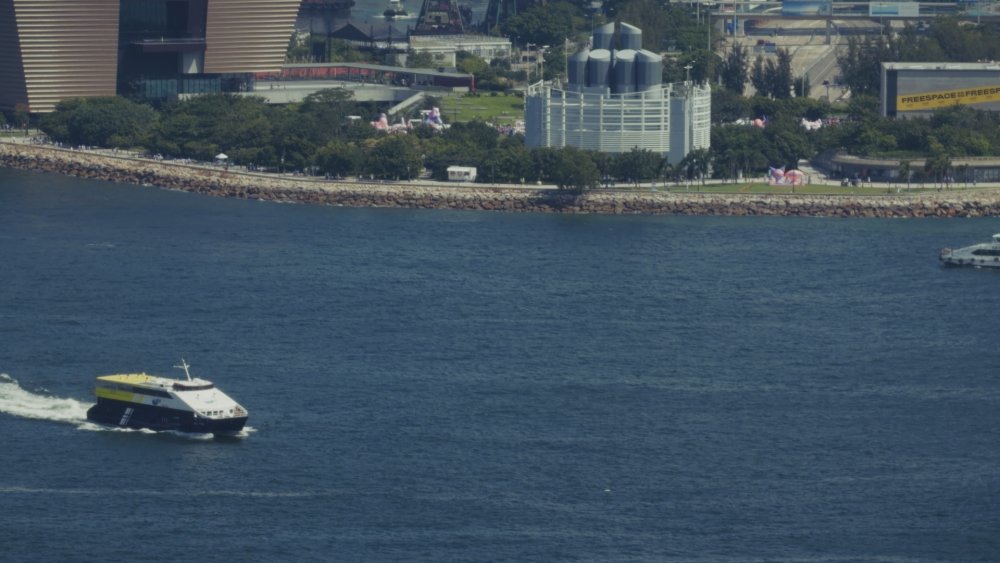
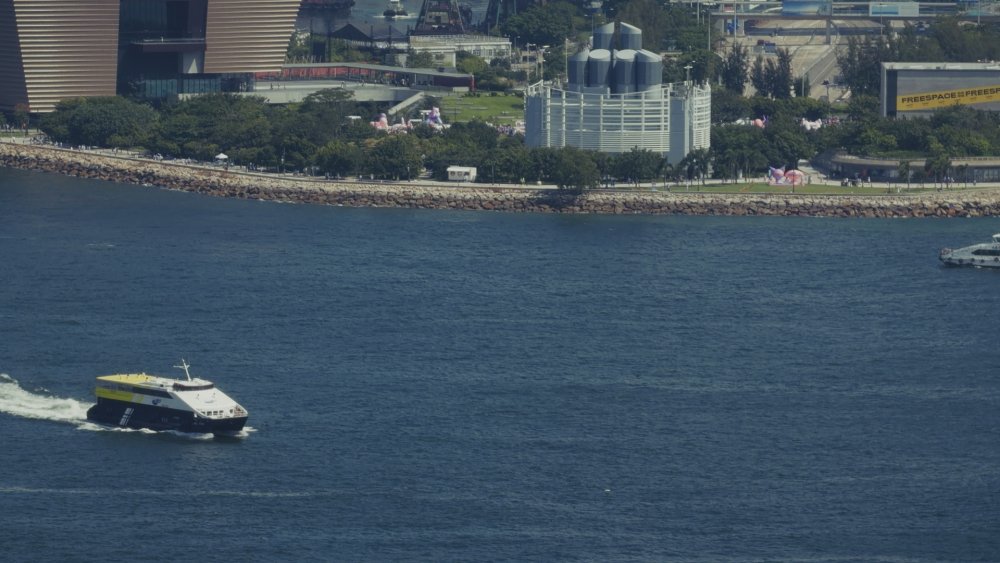
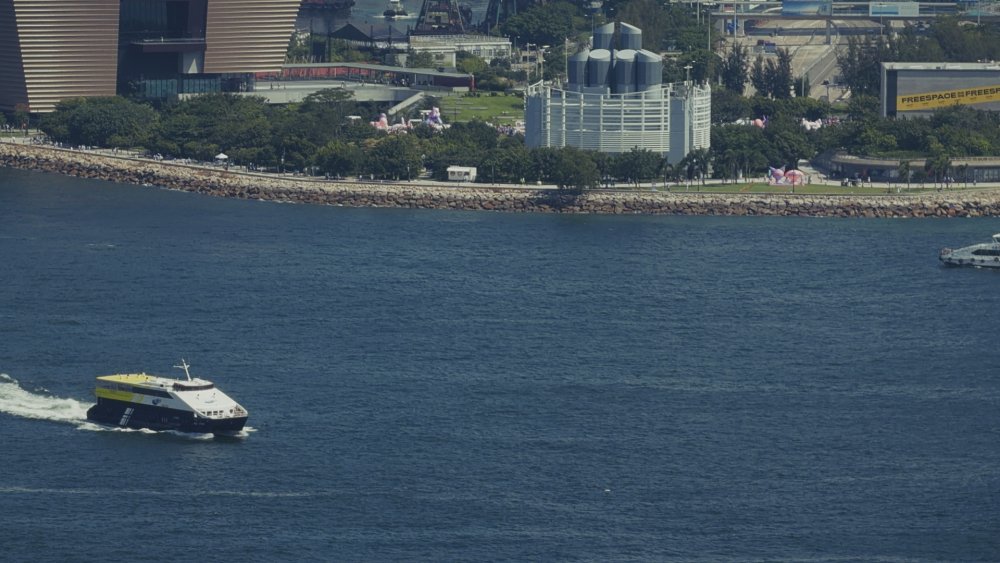
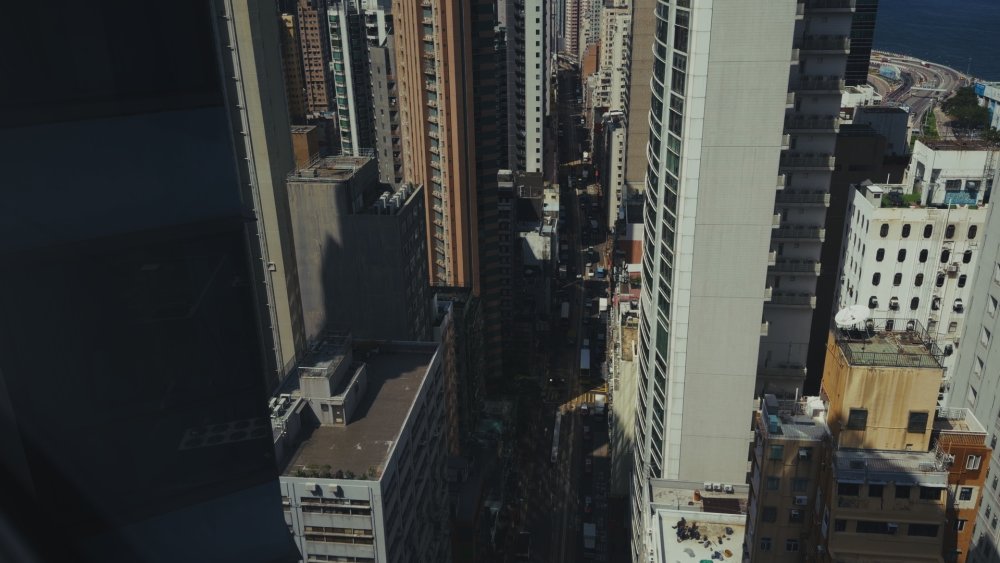
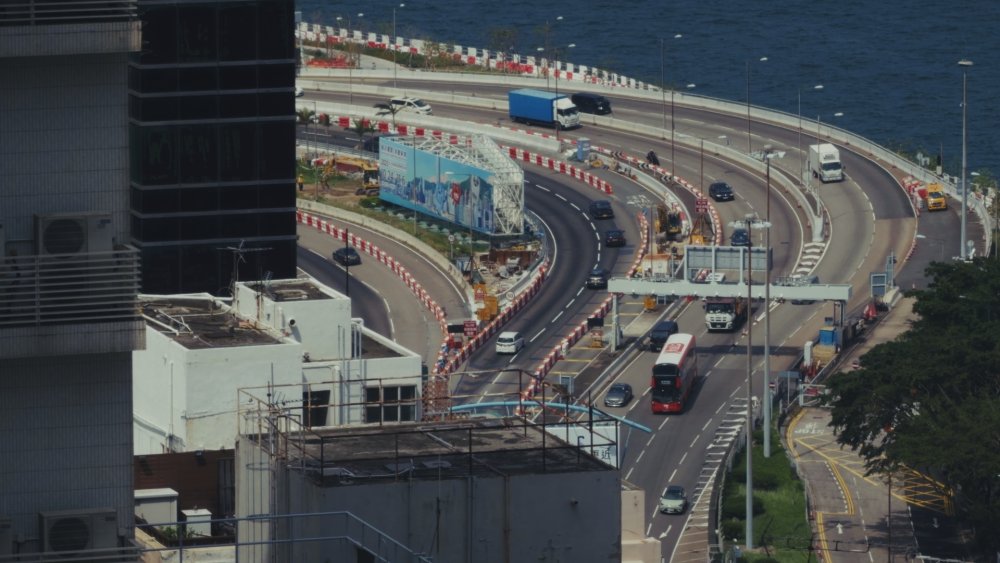
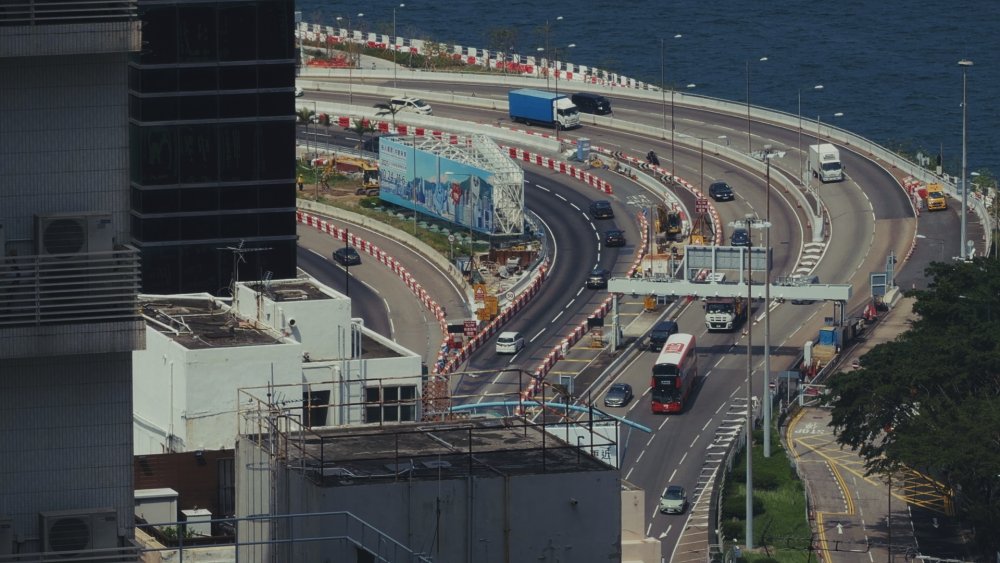
_1_26.2.thumb.jpg.cc8083cdc240f0f7658187d4f640cdbe.jpg)
